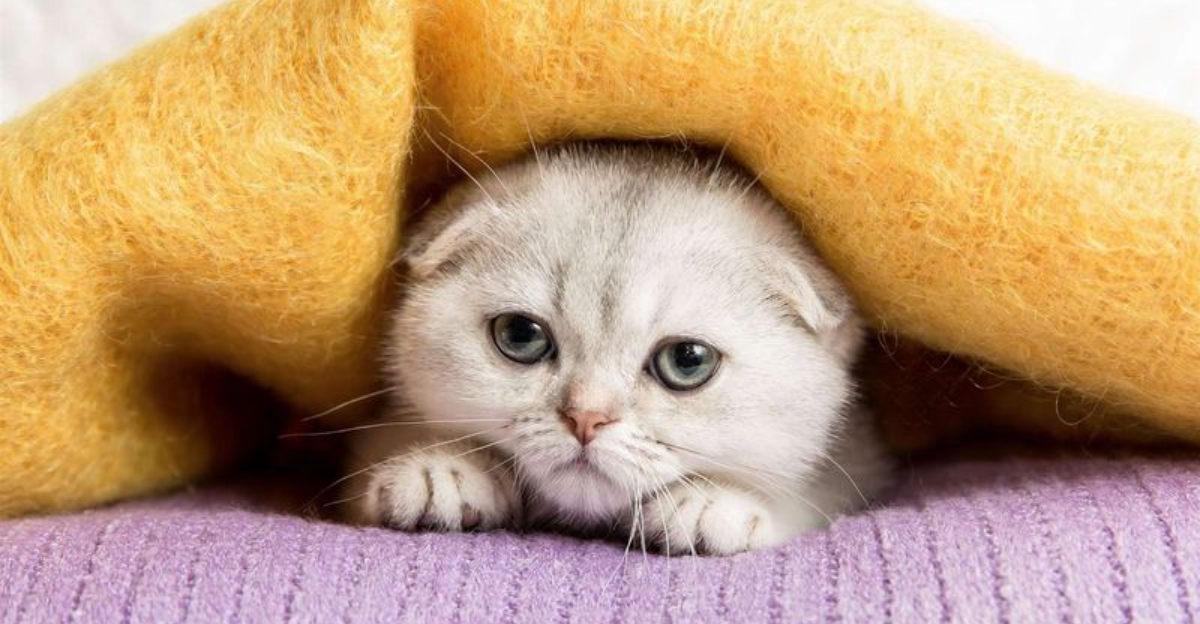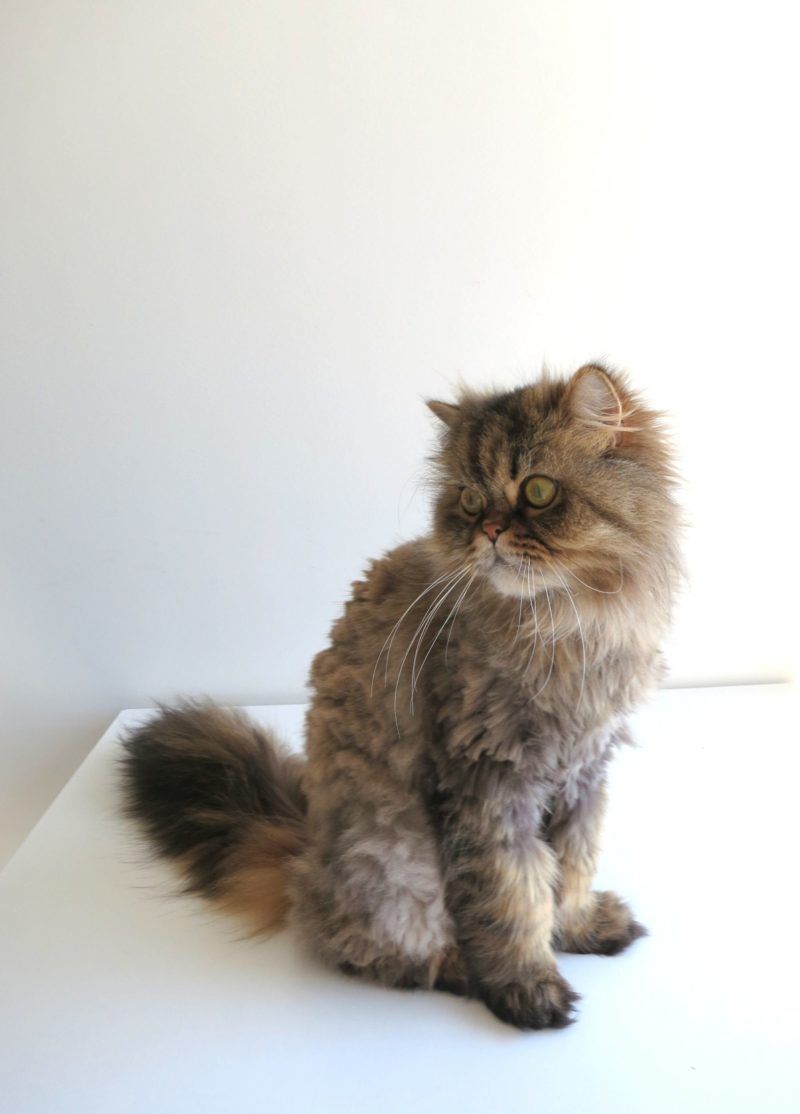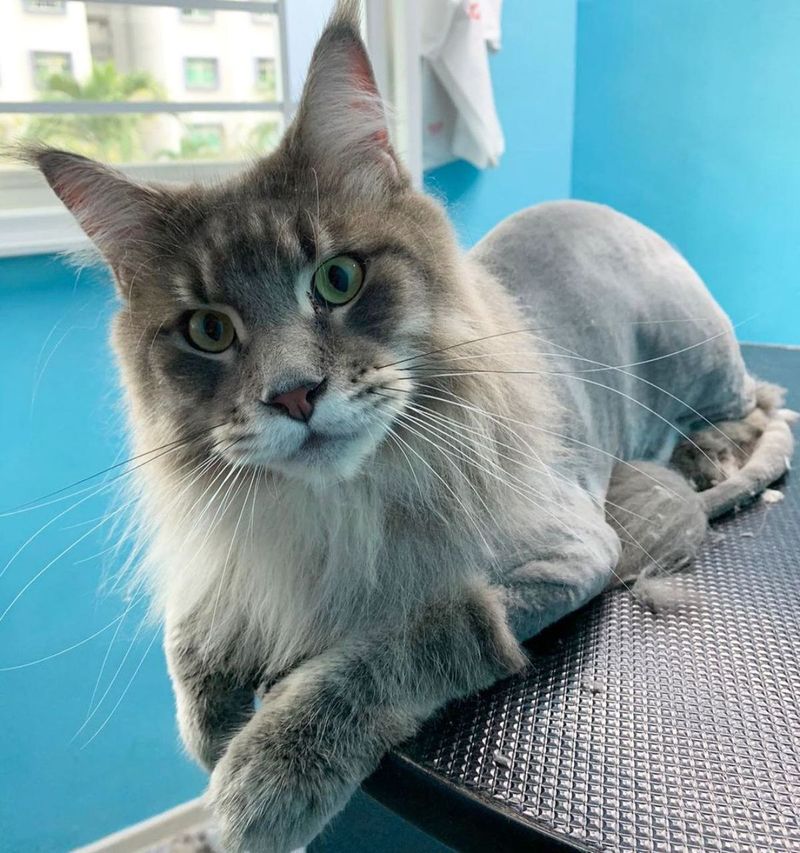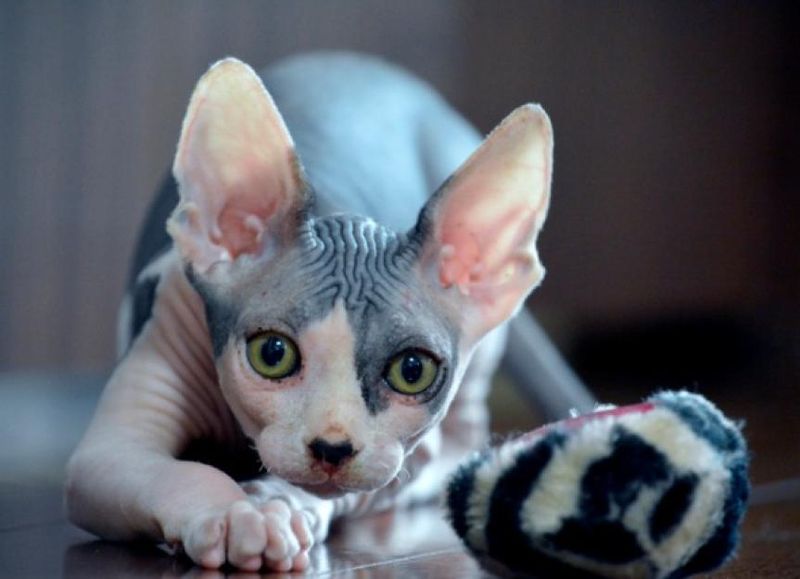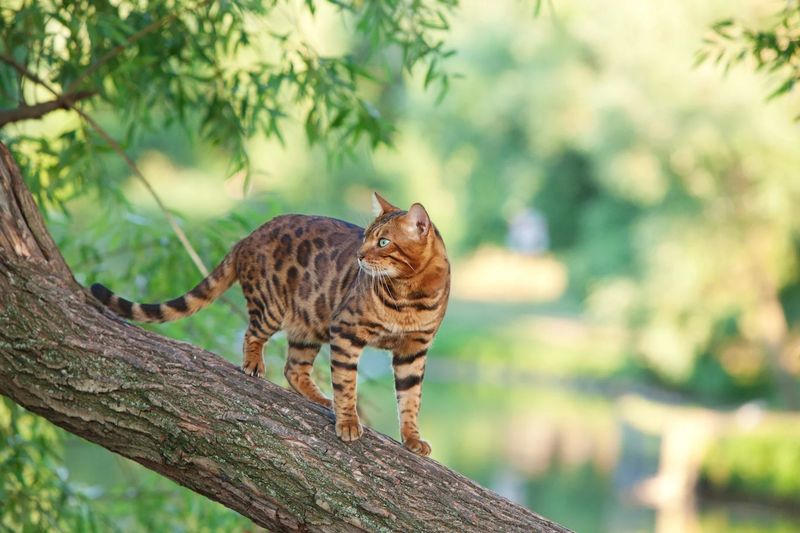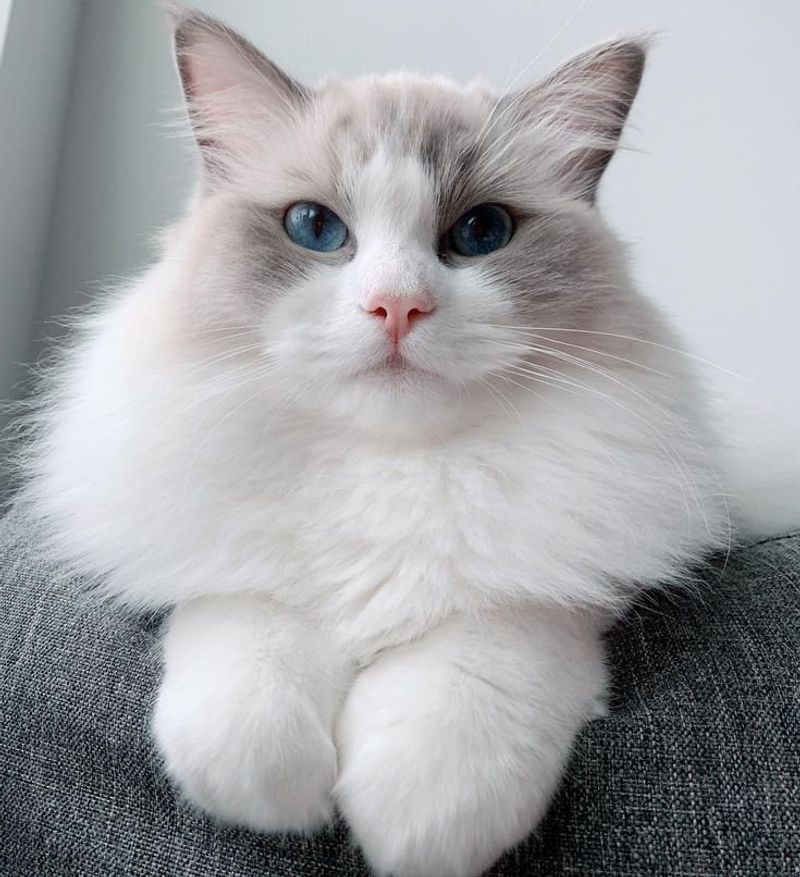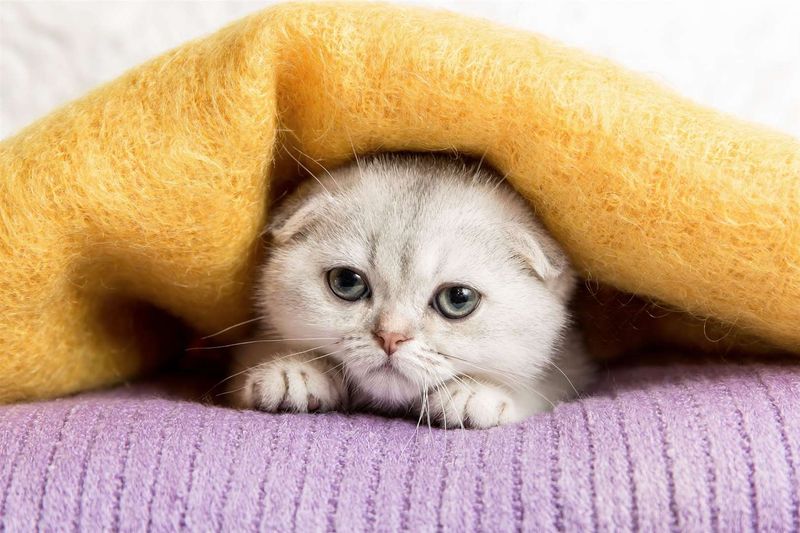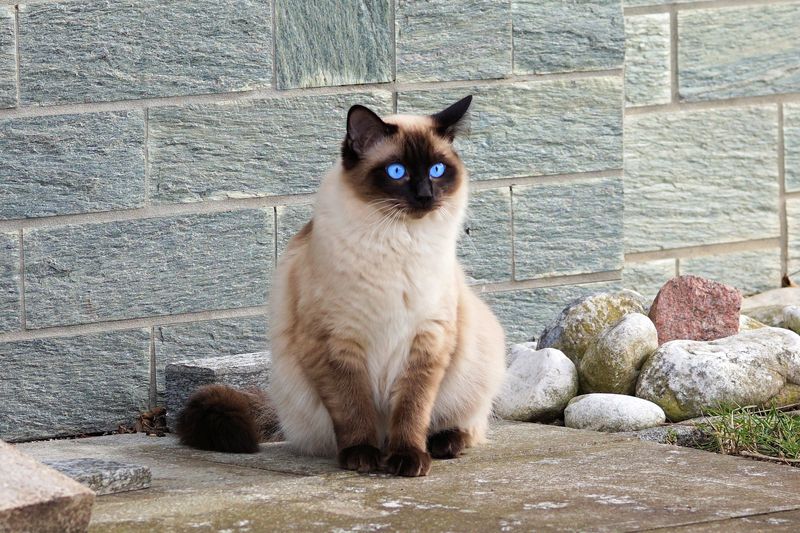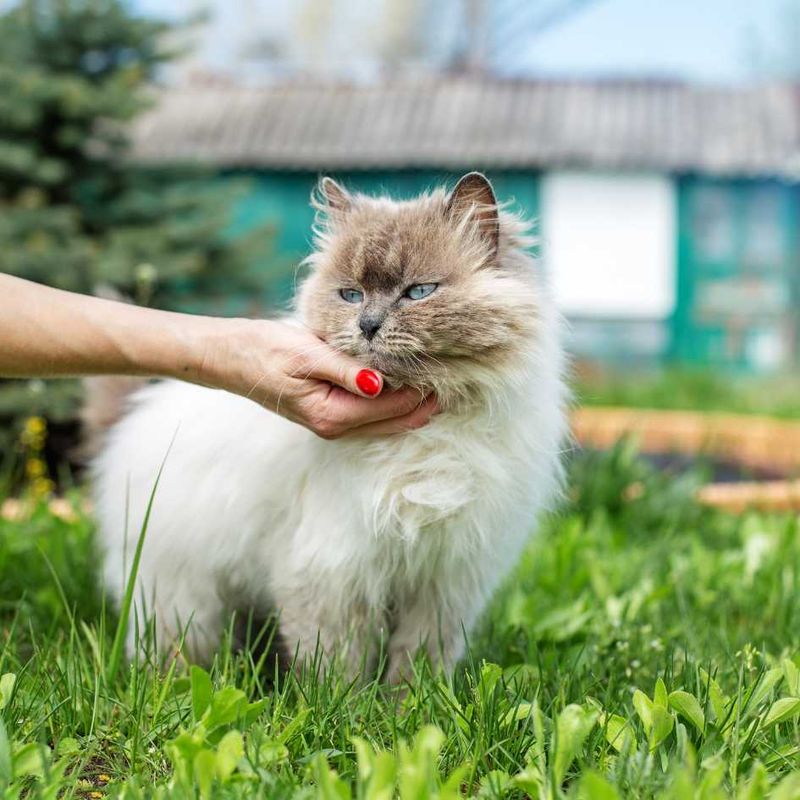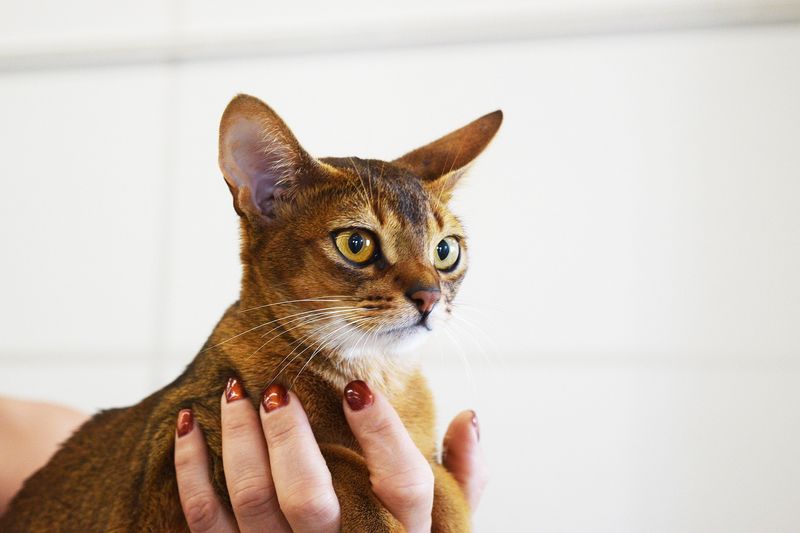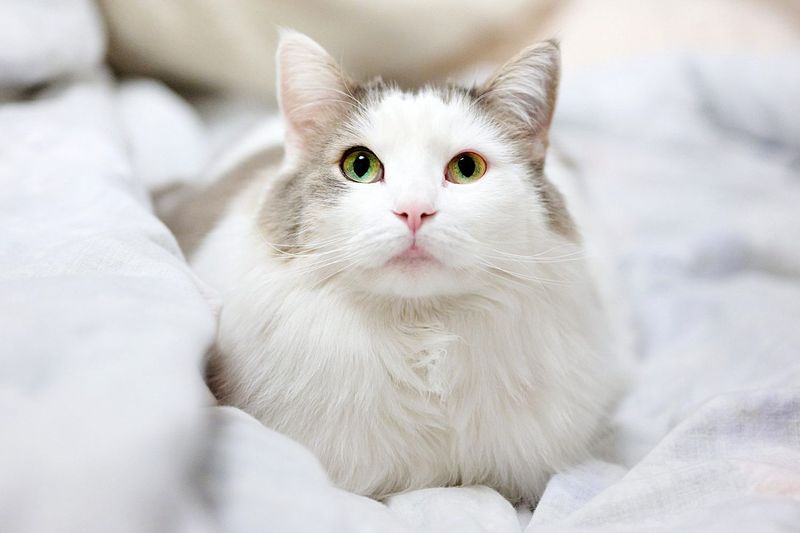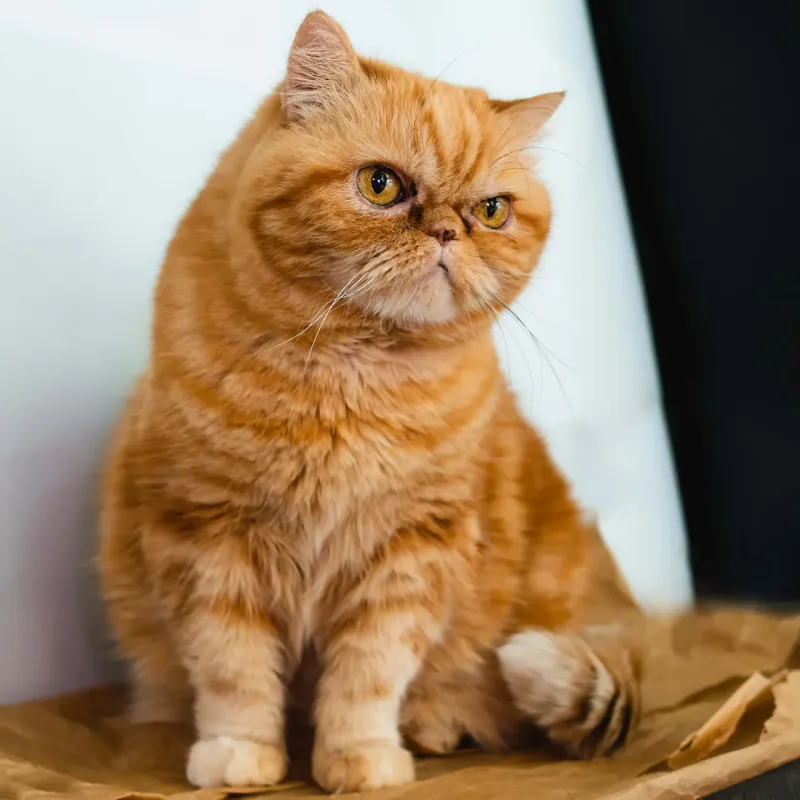📖 Table of Content:
Some cats are perfectly happy with a quiet home and a warm lap, but others come with much bigger needs. Their personalities, energy levels, or health requirements often make them a challenge for the average pet owner. These breeds demand more than just love—they require time, effort, and commitment.
Certain cats need daily grooming to keep their coats healthy and clean. Others crave constant interaction, easily becoming bored or anxious when left alone. Some breeds are prone to medical issues that call for regular vet visits and careful monitoring.
Choosing a high-maintenance cat without preparation can lead to frustration for both the human and the feline. Recognizing what these breeds truly require helps avoid mismatched expectations. With the right knowledge, every cat has a better chance at a happy, well-supported life.
1. Persian
Persian cats come with coats so luxurious they require daily brushing sessions that can last up to 30 minutes. Their long, silky fur mats easily without constant attention, creating painful tangles that often need professional removal.
Beyond grooming, Persians face breathing difficulties due to their flat faces, leading to expensive veterinary bills. They also need their eyes cleaned daily because tear stains develop quickly on their light-colored fur.
Many owners underestimate the time commitment, spending over $200 monthly on grooming supplies and professional services. Without this dedication, these beautiful cats suffer from matted fur and health complications.
2. Maine Coon
Weighing up to 25 pounds, Maine Coons live up to their reputation as gentle giants. But with that impressive size comes added responsibility. Larger meals and weight-based medications can lead to higher costs than many owners expect.
Their thick double coats require extensive brushing three times weekly to prevent severe matting. Regular grooming appointments cost significantly more due to their size, often doubling standard rates.
Furniture suffers under their weight, and standard cat accessories prove inadequate. Litter boxes, carriers, and beds designed for average cats simply cannot accommodate these magnificent felines, forcing owners into expensive specialty purchases.
3. Sphynx
Despite their sleek, no-fur look, Sphynx cats are surprisingly high-maintenance. Without a coat to absorb natural oils, their skin requires weekly baths to stay clean. Without regular care, they’re prone to breakouts, including acne and blackheads.
Temperature control becomes a constant concern since they cannot regulate body heat naturally. Owners spend hundreds on heating pads, sweaters, and climate control to keep them comfortable year-round.
Their skin requires sunscreen for outdoor exposure and moisturizing to prevent dryness and cracking. Many develop skin allergies requiring expensive prescription treatments and specialized diets, making veterinary costs significantly higher than typical cats.
4. Bengal
High-energy and endlessly curious, Bengals need several hours of active play each day. Without it, their intelligence turns to chaos. These cats have no problem climbing, scratching, or opening cabinets to entertain themselves.
These athletic cats need expensive climbing structures, interactive puzzle toys, and rotating entertainment to prevent boredom. Many owners spend over $500 creating adequate play environments that still fail to satisfy their needs.
Their intelligence works against busy owners as they learn to open doors, turn on faucets, and escape enclosures. Some require leash training and outdoor adventures to burn energy, demanding time many people simply cannot provide.
5. Ragdoll
With their calm temperaments, Ragdolls seem effortless to care for—but their fur says otherwise. Their silky coats are prone to tangling, particularly in delicate areas. Skipping daily grooming can quickly lead to stubborn mats.
These cats grow quite large, often reaching 20 pounds, which increases food costs and creates challenges finding appropriate accessories. Their trusting nature also makes them vulnerable, requiring constant supervision around other pets and strangers.
Seasonal shedding overwhelms households twice yearly, covering furniture and requiring professional grooming every six weeks. Without consistent care, their coats become matted disasters requiring expensive shave-downs that destroy their signature look.
6. Scottish Fold
Those signature folded ears make Scottish Folds irresistible—but they’re the result of a genetic disorder. The mutation doesn’t stop at the ears; it affects cartilage in the entire body. Joint pain and mobility problems are common throughout their lives.
Many develop painful arthritis at a young age, requiring expensive pain management and specialized veterinary care throughout their lives. Treatment costs often exceed $3,000 annually for moderate cases.
Their shortened legs and spinal issues limit mobility, necessitating modified environments with ramps and low furniture. Ethical breeding practices are rare, meaning many Scottish Folds face severe complications that break both hearts and bank accounts of unprepared families.
7. Siamese
Siamese cats never stop talking, demanding constant interaction and attention from their human companions. Their loud, persistent vocalizations can disturb neighbors and drive owners to distraction, especially during nighttime conversations.
These intelligent felines form intense bonds requiring almost constant companionship. They follow owners everywhere, becoming anxious and destructive when left alone for extended periods.
Their social needs often necessitate getting a second cat, doubling expenses and responsibilities. Without adequate attention, Siamese cats develop behavioral problems, including inappropriate elimination and aggressive attention-seeking that challenge even experienced cat owners seeking peaceful households.
8. Himalayan
With the dense coat of a Persian and the distinct markings of a Siamese, Himalayans require double the grooming effort. Their fur mats quickly—sometimes within hours—if not brushed regularly. Most need not one, but two grooming sessions each day to stay neat.
Like Persians, their flat faces cause breathing difficulties and require daily eye cleaning to prevent staining. However, their color-point pattern shows dirt more easily, demanding frequent baths that stress both cat and owner.
Professional grooming every four weeks costs significantly more than average breeds due to their coat complexity. Many owners surrender these beautiful cats after realizing the time commitment exceeds their available schedule and patience.
9. Abyssinian
Abyssinians never rest, requiring entertainment and exercise that exhausts dedicated owners trying to keep pace with their boundless energy. They climb everything, investigate every corner, and demand interactive play sessions multiple times daily.
Their intelligence creates problems when boredom strikes, leading to destructive behaviors like unrolling toilet paper, opening cabinets, and knocking items off shelves for entertainment.
These cats often require multiple climbing trees, puzzle feeders, and rotating toy collections costing hundreds of dollars. Without proper outlets, they become stressed and develop health issues including over-grooming and digestive problems from anxiety.
10. Turkish Angora
The soft, flowing coat of the Turkish Angora is as demanding as it is beautiful. Even minor friction can cause painful tangles, especially without proper grooming. Specialized brushes and daily attention are necessary to prevent matting.
These cats shed extensively year-round, coating furniture and requiring frequent vacuuming and lint removal. Professional grooming every six weeks becomes necessary to maintain their coat health and appearance.
Many Turkish Angoras develop skin sensitivities requiring expensive, specialized shampoos and conditioners. Their grooming needs intensify during seasonal changes, sometimes requiring twice-daily brushing sessions that busy owners struggle to maintain consistently over their 15-year lifespans.
11. Exotic Shorthair
Exotic Shorthairs suffer from the same breathing problems as Persians due to their extremely flat faces, leading to expensive respiratory treatments throughout their lives. Their shortened airways cause snoring, wheezing, and difficulty eating.
Despite having shorter coats, they still require regular grooming because their dense fur mats easily. Their facial structure also demands daily eye cleaning to prevent tear stains and infections.
These cats often need specialized diets, elevated food bowls, and climate-controlled environments to manage their breathing difficulties. Veterinary costs frequently exceed $2,000 annually for routine respiratory care, not including emergency treatments for breathing crises.
